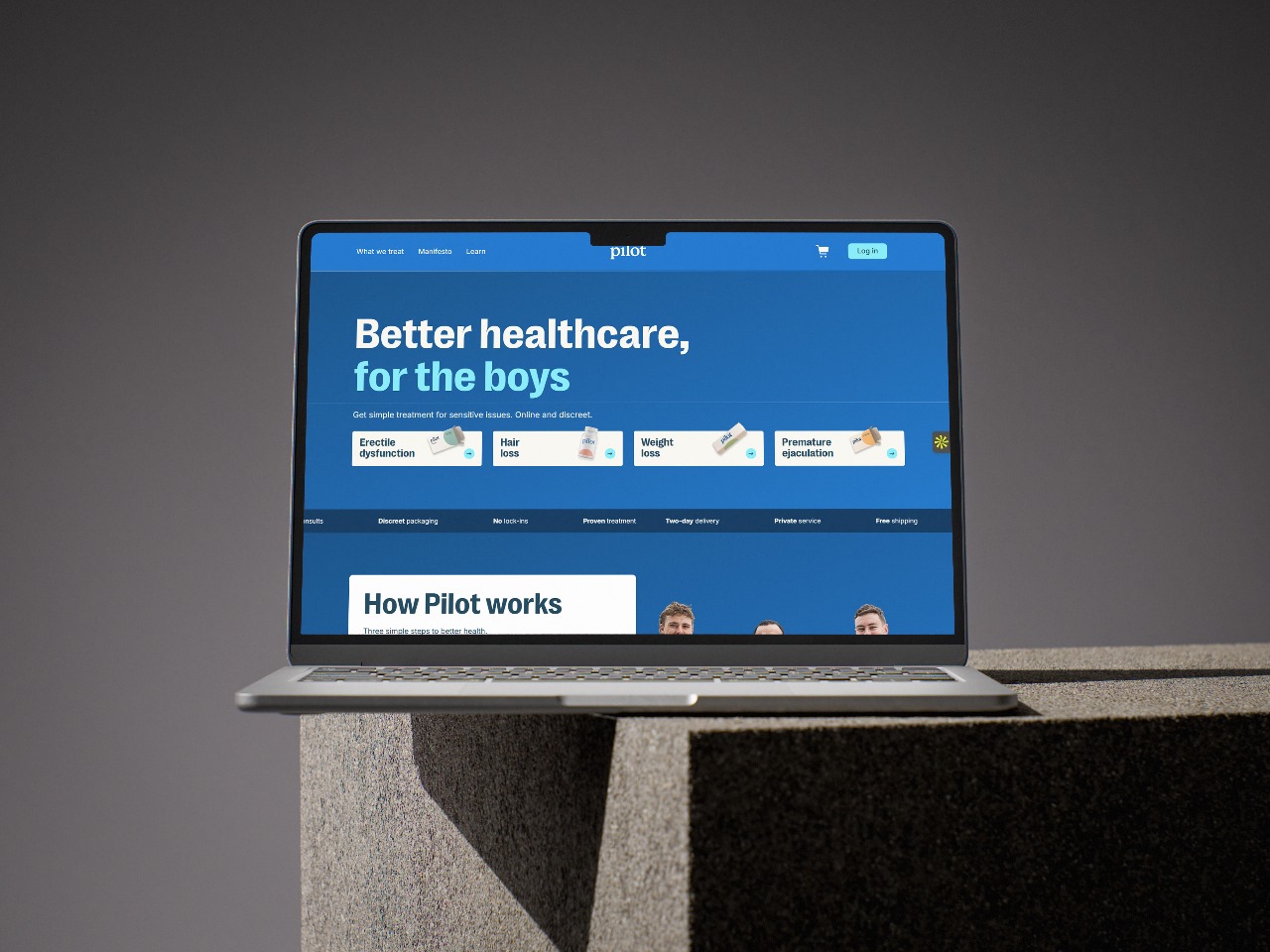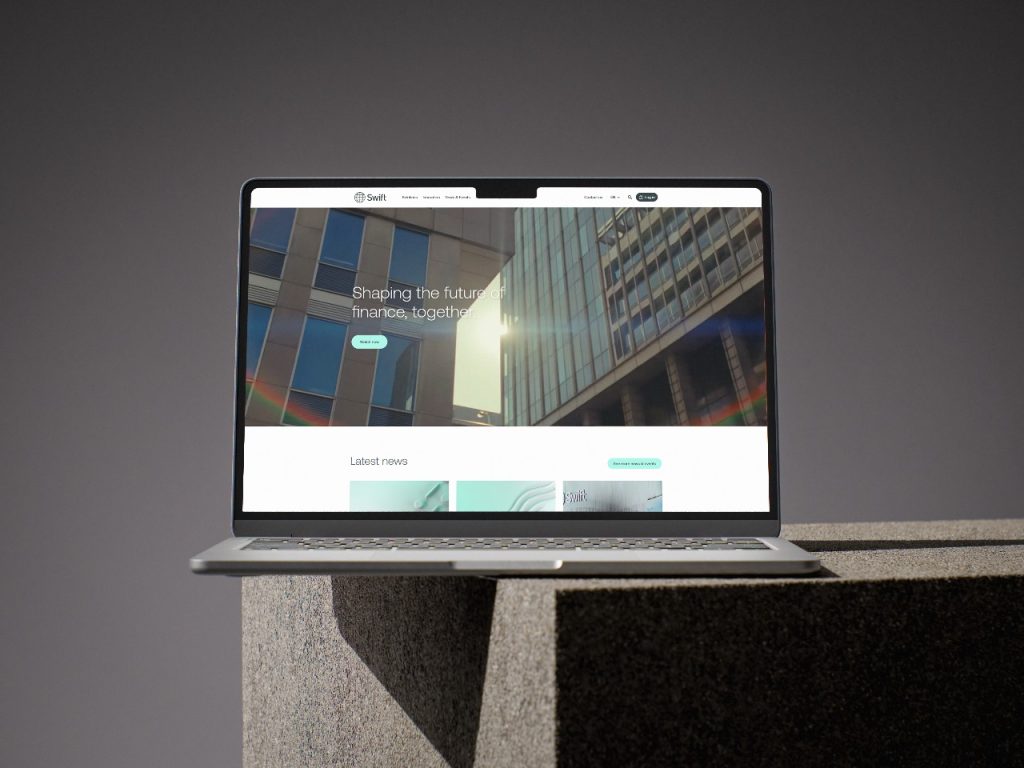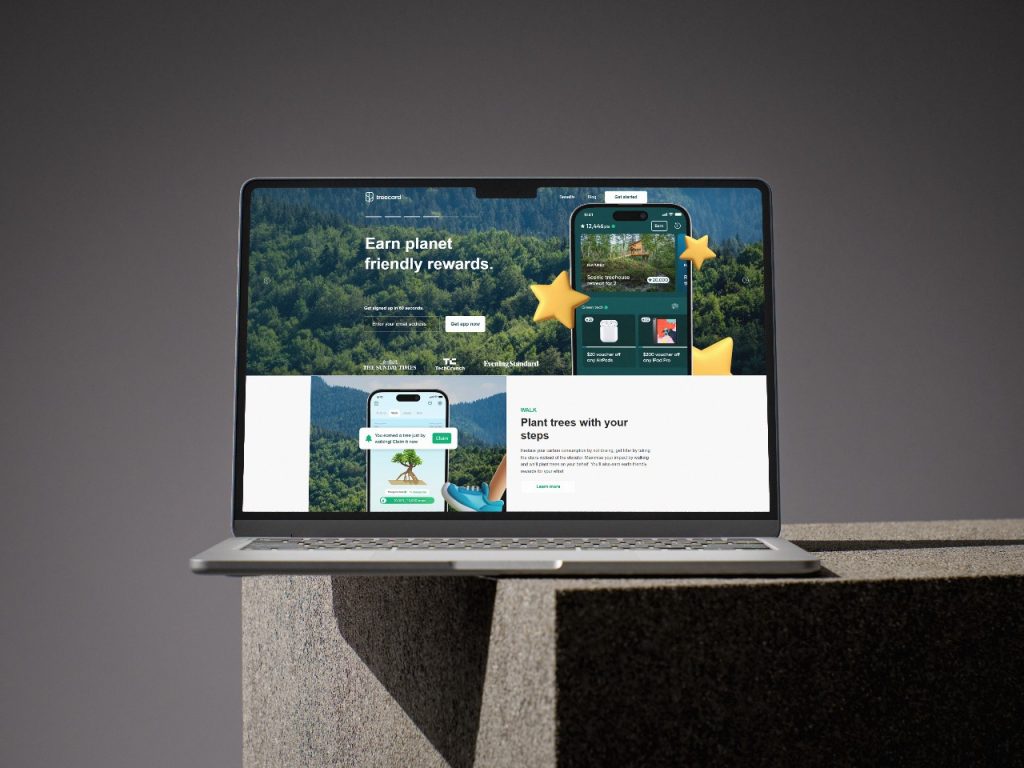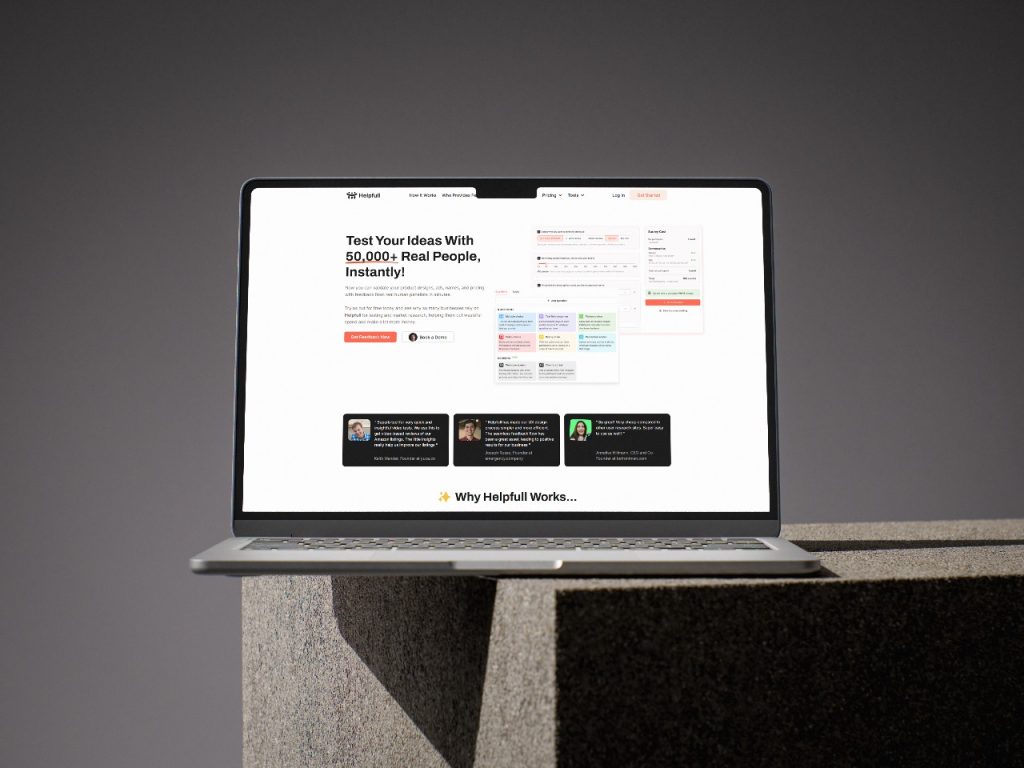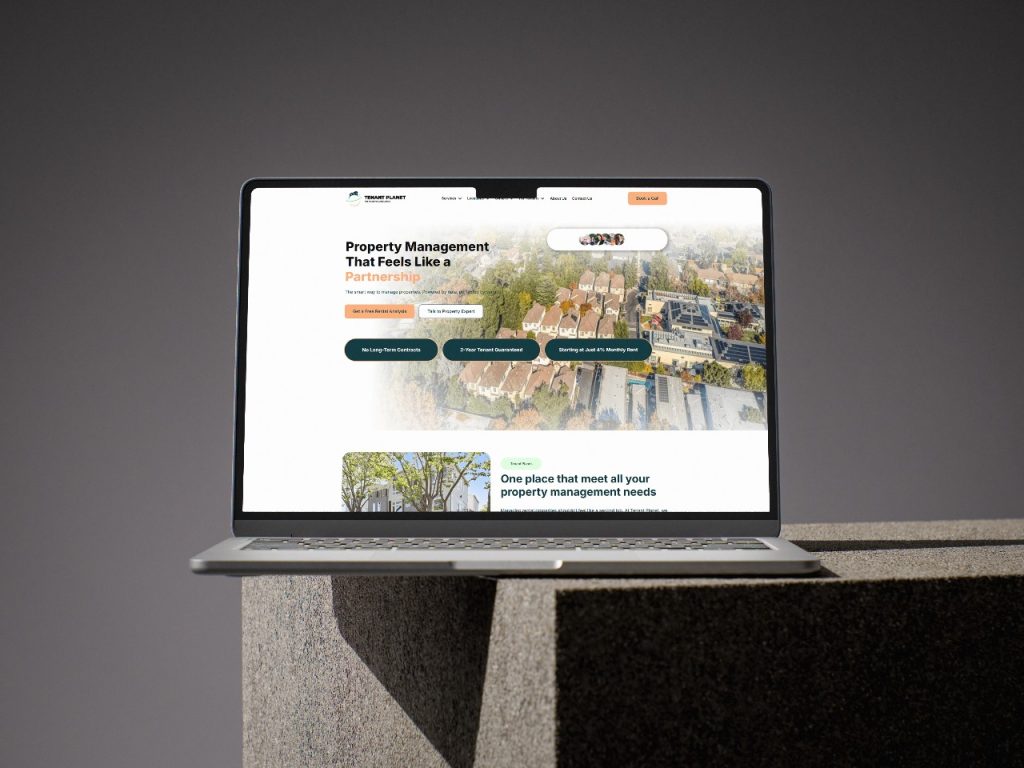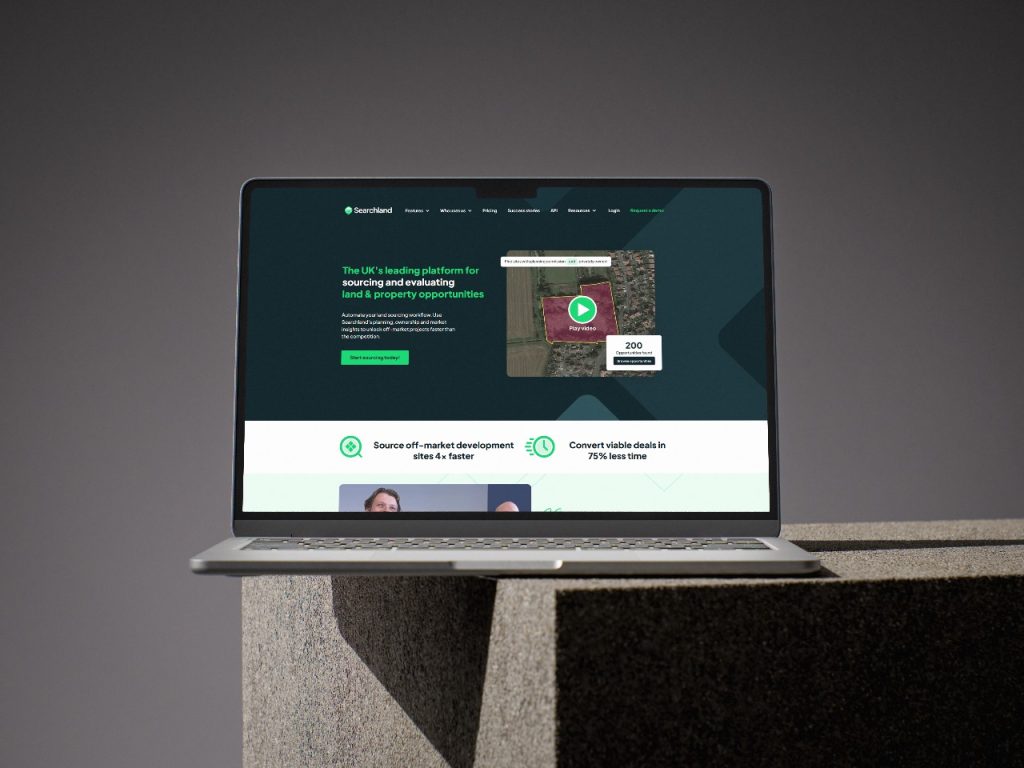Project overview
Pilot is an Australian telehealth platform specializing in men’s health, offering discreet online consultations and treatments for conditions such as erectile dysfunction (ED), hair loss, and weight management. The company sought a high-converting Webflow site that could streamline the user journey from diagnosis to treatment while maintaining a strong sense of medical credibility and trust.
Because the subject matter touches on sensitive health concerns, the design also needed to reduce stigma while providing a seamless, discreet experience for users.
Problem
The original site presented several challenges that limited both usability and trust. Sensitive topics such as erectile dysfunction required careful design to reduce stigma, but the interface did not provide clear pathways for different conditions, leaving users confused about where to begin. Conversion was another issue: multi-step medical assessments led to a 35% drop-off on mobile, and subscription management was buried within FAQs, which contributed to negative Trustpilot reviews.
Trust barriers also emerged as users questioned the high cost of medication compared to traditional GP prescriptions, while delivery reliability and treatment success rates were not communicated clearly. From a technical standpoint, the platform required seamless integrations for prescription tracking, subscription management, and AI-driven treatment quizzes, none of which were handled effectively in the old design.
Goal
The primary objective was to increase the number of completed consultations by 25% through a more frictionless and engaging user experience. In addition, Pilot wanted to strengthen trust signals on the site by making pricing transparent and showcasing the qualifications of their registered doctors.
Another key goal was to reduce the customer support burden by enabling self-service account management tools, ensuring users could easily manage their subscriptions without needing to contact support.
Solution
The redesign began with an empathetic approach to UI/UX. Condition-specific landing pages were created for erectile dysfunction, hair loss, and weight management, each with tailored calls to action that guided users through the appropriate journey. To reduce stigma, animated micro-interactions and tooltips were added to explain sensitive terms in simple, reassuring language. The checkout flow was also reimagined to emphasize discretion, including assurances of unmarked packaging.
To improve conversions, the lengthy five-step medical assessment was streamlined into a progress-tracked three-step quiz, reducing user friction and maintaining engagement. Pricing transparency was addressed with a sticky toggle between monthly and annual plans, highlighting potential savings. A subscription management dashboard, built using Webflow CMS and Memberstack, gave users direct control over their plans, reducing frustration and support requests.
Trust-building was a key focus throughout the redesign. A dynamic testimonial carousel was developed to filter reviews by condition, ensuring relevance for different user groups. Real-time treatment statistics, such as the number of prescriptions delivered, were displayed through Webflow’s CMS API, and a visible trust ribbon highlighted key credentials, including AU-registered doctors and discreet shipping.
From a technical perspective, custom code integrations enabled real-time prescription tracking through pharmacy APIs, while performance optimizations reduced load times from 4.5 seconds to just 1.8 seconds by implementing SVG assets and lazy loading for assessment modules. To support the marketing team, CMS templates were created for treatment plans, allowing them to launch new campaigns independently.
Result
The impact of the redesign was significant. Completed consultations increased by 30%, surpassing the client’s original goal, with the streamlined assessment flow identified as a key driver of success. Trustpilot ratings improved from 3.9 to 4.7 after pricing transparency and clear FAQs were introduced, alleviating user concerns around costs and delivery. Support tickets dropped by 40% thanks to the self-service subscription management tools, reducing pressure on the customer service team.
Overall, the project demonstrated how sensitive subject matter in healthcare can be balanced with conversion-driven design, while also solving complex technical challenges within Webflow.
